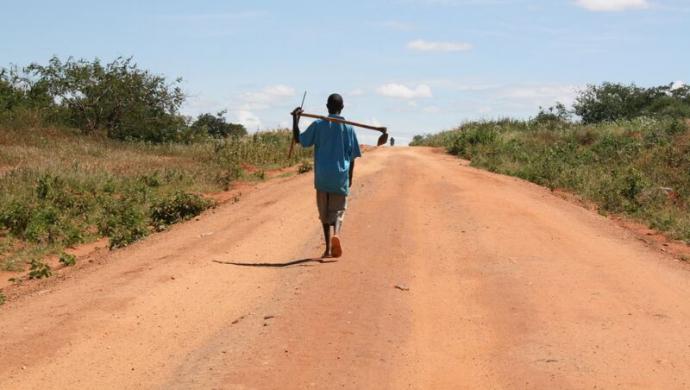Only one in five people with HIV in poor and middle-income countries receives the drugs that treat the virus, said a report by the US Centers for Disease Control and Prevention on Thursday.
That is despite a 200 percent rise in the number of people receiving the drug treatment between 2003 and 2005 as individual countries worked to meet a target of treating 3 million people with the drugs by 2005, the government agencys report said according to the World Bank press review Friday.
The dramatic increase in the number of people receiving the drugs means that globally there will be a rise in people living with HIV and thus a growing need to boost measures against HIV transmission, said the report.
In all, 4,1 million people were newly infected with HIV and 38,6 million were living with HIV and AIDS in 2005 in an epidemic focused on Sub-Saharan Africa. Some African countries including Kenya, Uganda and Zimbabwe have seen a decline in adult HIV prevalence but in southern Africa, the epicenter of the pandemic, only 17 percent of those infected with the virus received the drug treatment.
In related news, Canada and most other members of the G8 are failing to meet their fair share of the cost of financing the Global Fund to Fight AIDS, Tuberculosis and Malaria, the Global AIDS Alliance said Thursday.
Only France is among the exclusive club of the worlds wealthiest nations providing its fair share of the Global Funds budget, Executive Director Paul Zeitz said in advance of the 16th International AIDS Conference, which opens Sunday in Toronto.
Meanwhile, a French-led international medicines program will soon begin buying recently developed AIDS drugs from low-cost generic manufacturers in a move that may trigger clashes with western pharmaceutical companies holding the patents.
Countries supporting Unit-aid, the drugs purchasing facility for the developing world proposed by French President Jacques Chirac, have agreed to give top priority to purchasing pediatric and second-line anti-retroviral medicines for HIV patients.
That will include cut-price deals to be finalized later this year with Indian generic drug makers, which could sharply cut prices on “second-line” therapies for patients who have developed resistance to older HIV drugs.
The purchasing moves may spark fresh clashes with manufacturers, because the effort will benefit not only low-income countries but also middle-income ones with a high incidence of HIV such as Brazil.
In the wake of World Health Organizations report of rising AIDS cases in India, the Central Government has planned to spend 2,5 billion US dollar on the control programs during next five years.
According to reports, a World Bank team is currently in India to evaluate the National AIDS Control Program (NACP) -III. The World Bank team is also exploring avenues to contribute to the control program.
The program would be implemented in three phases during the 11th Five-year plan. According to sources, a multi-pronged strategy would be adopted under the plan, and would cover all high-risk groups like sex-workers, truck drivers, drug-users and homosexuals.
Kilde: www.worldbank.org















